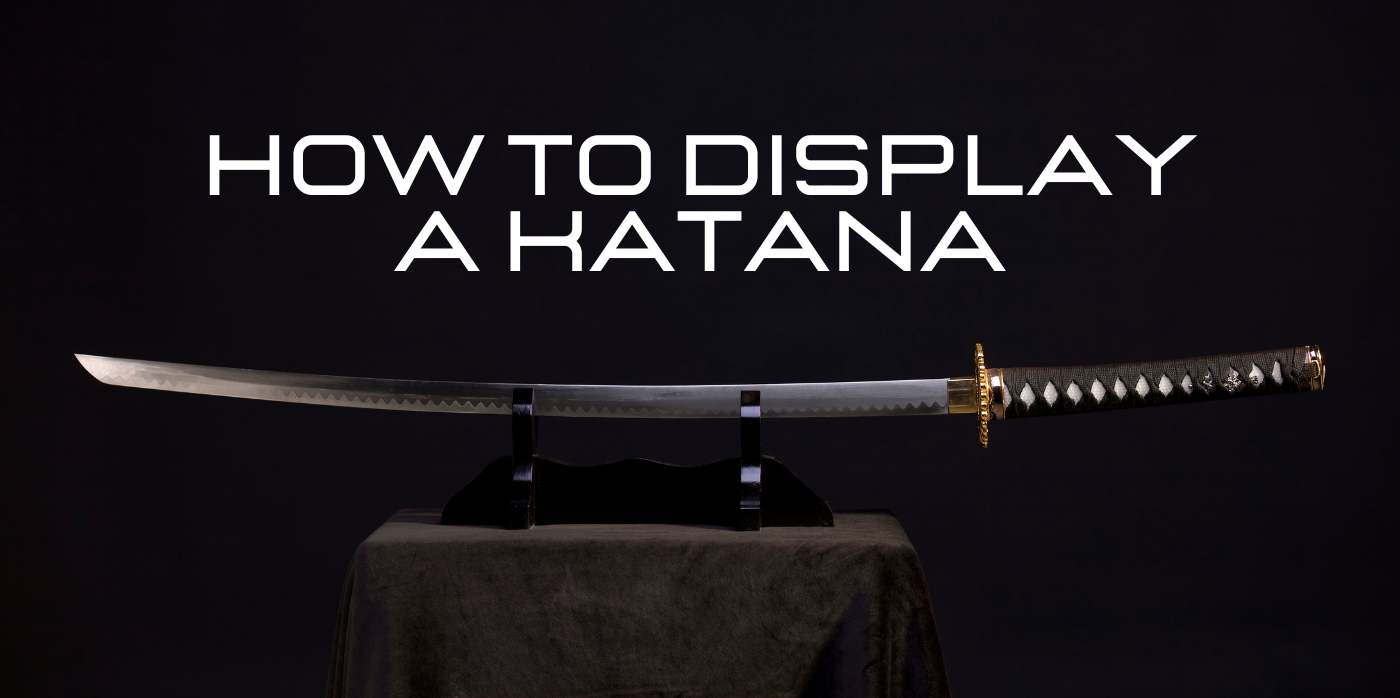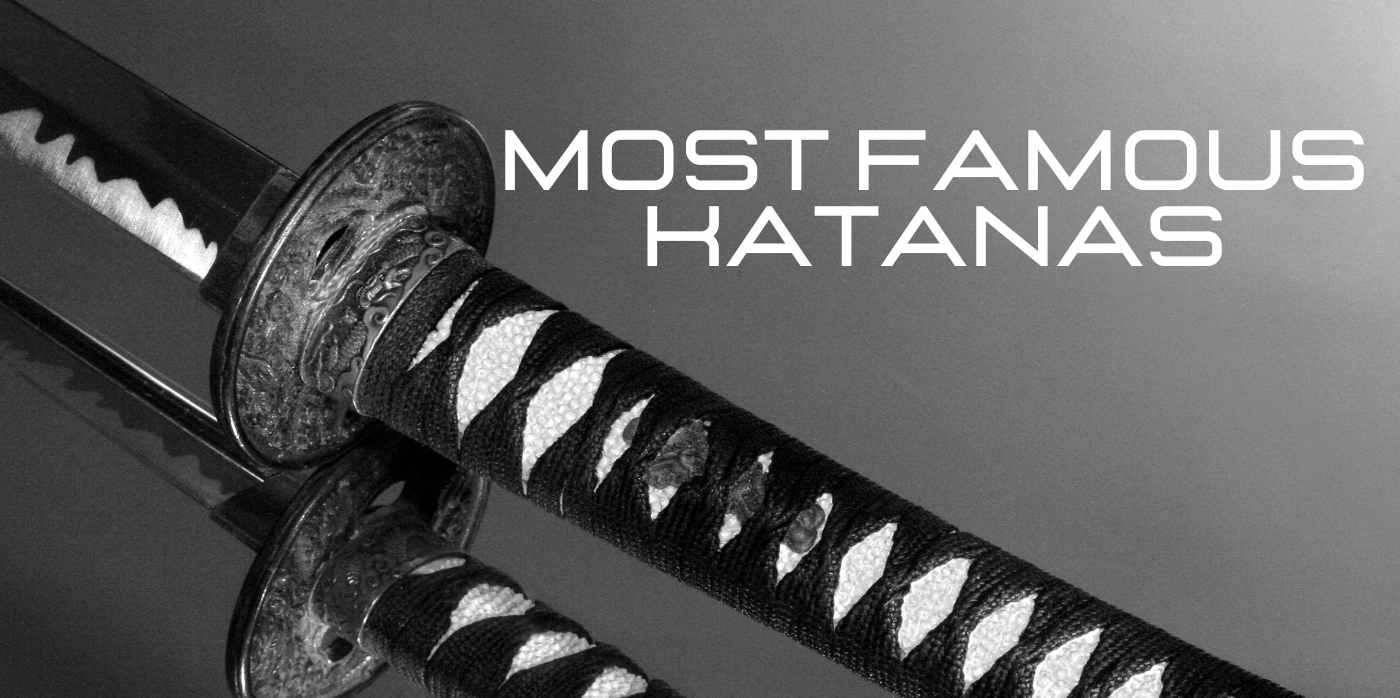The katana, an iconic symbol of the Samurai warrior and Japanese heritage, is as much a piece of art as it is a weapon. Displaying a katana enhances your decor, blending aesthetics and tradition while paying homage to a rich cultural history. This article aims to guide you through the nuances involved in properly showcasing this remarkable piece of craftsmanship.
Introduction to the Art of Displaying a Katana
Enhancing Your Decor with a Katana: A Blend of Aesthetics and Tradition
A well-displayed katana creates a focal point in a room, evoking an atmosphere of discipline, respect, and elegance. It's an intriguing piece, reminding viewers of a bygone era where the Bushido code, the way of the warrior, dictated the Samurai way of life. The challenge lies in exhibiting the katana in a manner that aligns with its cultural significance, while complementing your interior design.
Cultural Nuances in Katana Display: Understanding the Traditions
The Japanese consider the Katana more than a weapon. It's a spiritual object, a symbol of a Samurai's soul. Hence, its display isn't a task undertaken lightly. Displaying a katana is governed by a series of customs stemming from the deep respect for weapons in Japanese traditions.
From Wall to Stand: Diverse Ways to Display Your Katana
The choice between wall mounts and stands depends on your personal preference, available space, and the value of your collection. You can check our beautiful katana stands to display your favorite Japanese swords.
Katana Stands: Katanakake
Katanakake, traditional Japanese sword stands, are often the preferred option. They come in various designs and materials, ranging from minimalist to intricately carved options, usually holding one to three swords.
Katana Wall Stands
For those who prefer a wall display, wall stands or mounts are available. They add a dramatic touch to a room while saving floor space. Ensure the wall is sturdy enough to hold the weight of the katana.
What kind of stand should I use to display a katana
Your choice of stand should consider factors such as material, size, and design. A good stand secures the katana while highlighting its beauty. It's advisable to use stands designed for swords to prevent damage to the blade or saya (scabbard).
How to Display a Katana Properly
The traditional method of displaying a katana is meticulous, respecting certain customs:
Should a katana be displayed blade up or down
Traditionally, a katana is displayed edge up. This aligns with the old practice of placing the sword edge-upwards in the obi (belt), preventing the blade from unnecessary wear.
Tsuka on The Left or Right
When the sword is displayed horizontally, the tsuka (handle) should be on the left. This originates from the samurai era, where a sword on a stand with its tsuka on the right was a sign of hostile intent.
Should I display a katana with or without the saya (scabbard)
The saya protects the blade, so it's generally advisable to display the katana sheathed. It also adds to the visual appeal.
Displaying a Daisho Set: Katana and Wakizashi
A Daisho - a set of katana and wakizashi (short sword) - was a status symbol for the Samurai class. The katana should always be shown above the wakizashi when showing a Daisho set. The wakizashi is positioned in front and the katana is placed at the rear if the exhibition is on a stand.
Protecting Your Displayed Katana from Dust and Environmental Damage
Ensure your displayed katana is kept away from direct sunlight, extreme temperatures, and humidity. Regular cleaning and oiling will also protect the blade from dust and rust.
Displaying a Collection of Katanas
If you have more than one katana, it's important to display them properly to showcase their individual beauty. Keep enough space between each katana, arrange them according to their size, and consider their saya designs while arranging to create a harmonious display.

Conclusion...
Respect for the Samurai tradition, a love of high craftsmanship, and an eye for aesthetics are all present while displaying a katana.
Also note that in most areas, it is legal to possess and show a katana, but always check your local regulations to be sure you are in compliance, especially if you intend to display it in public.







